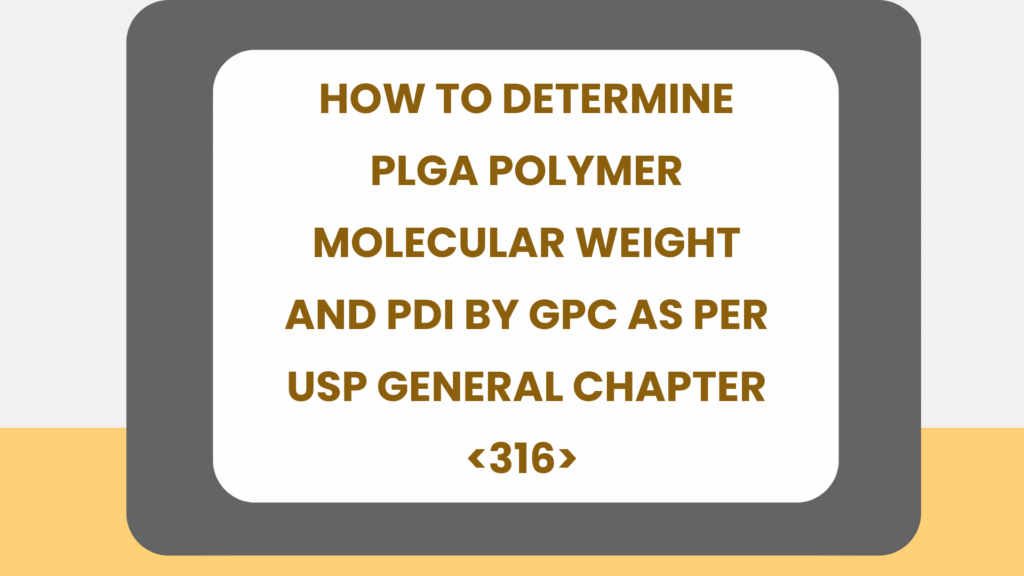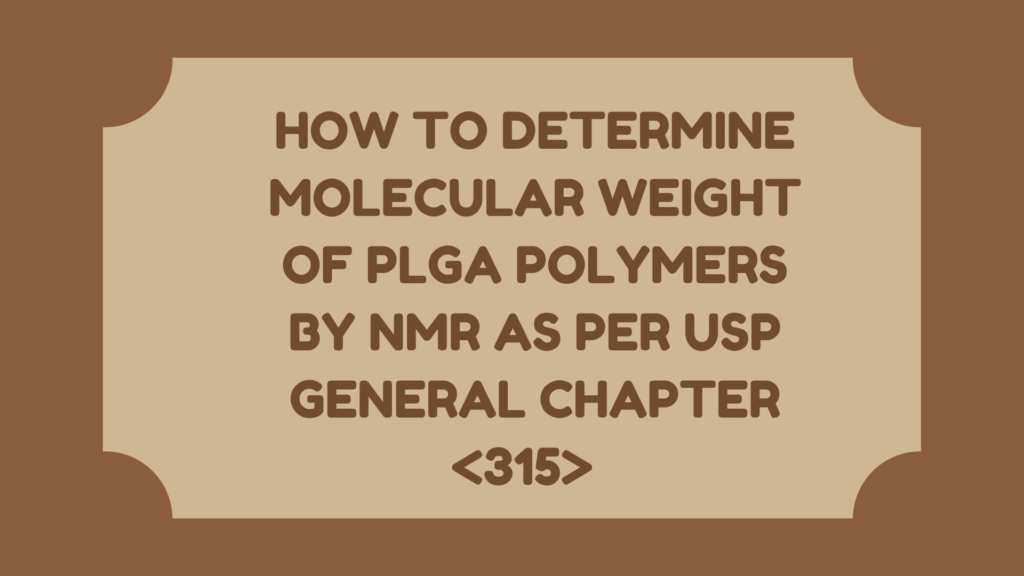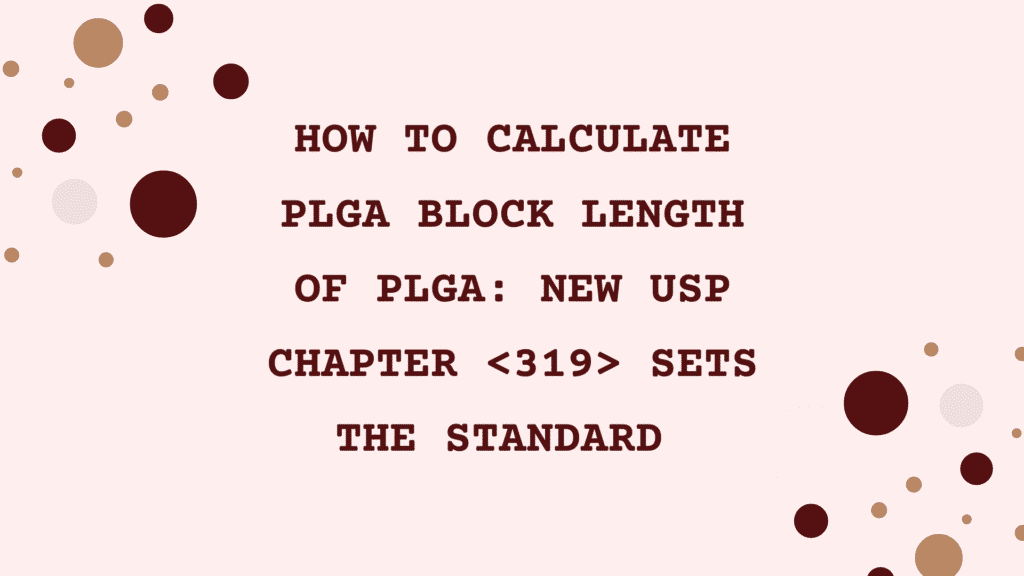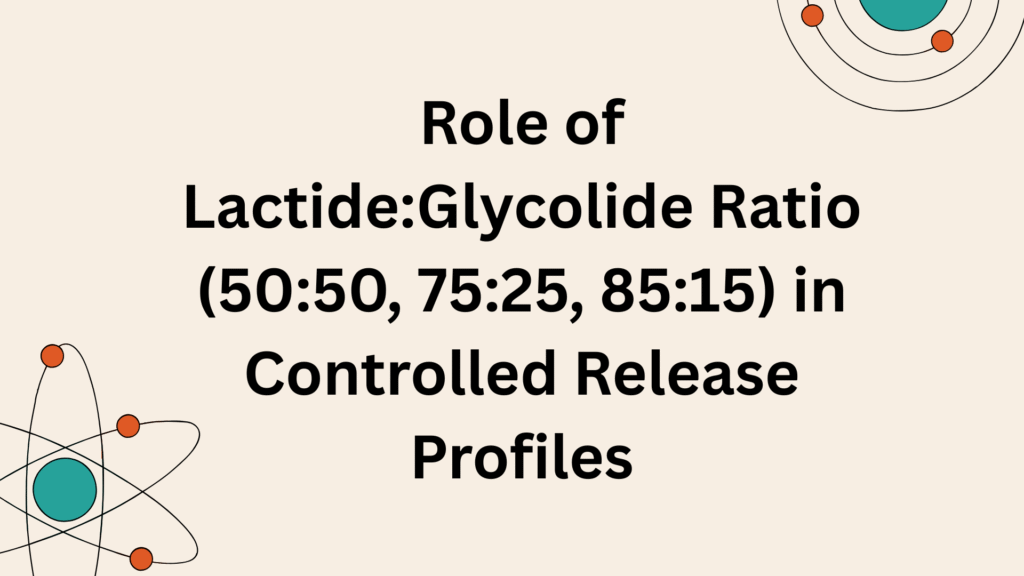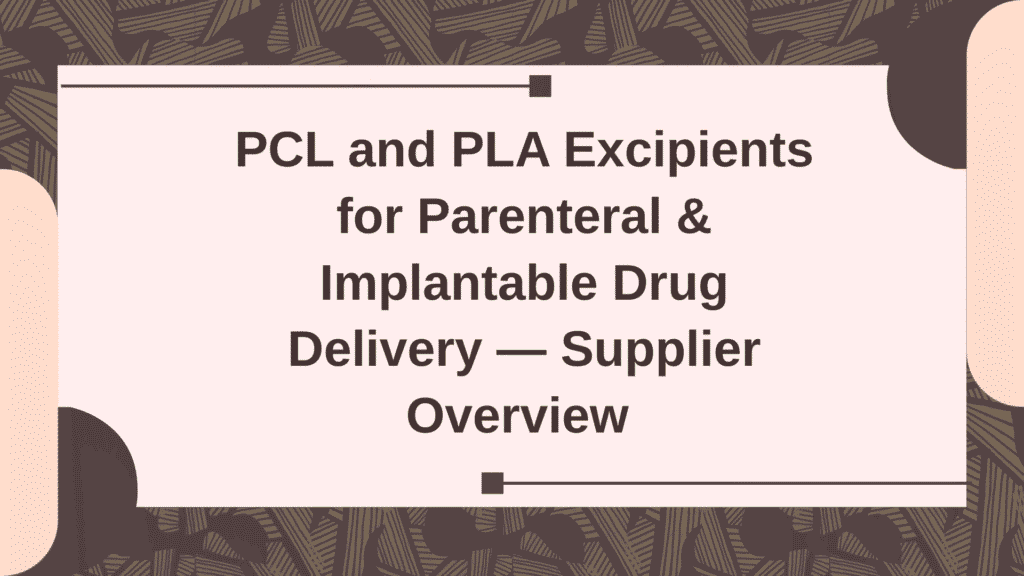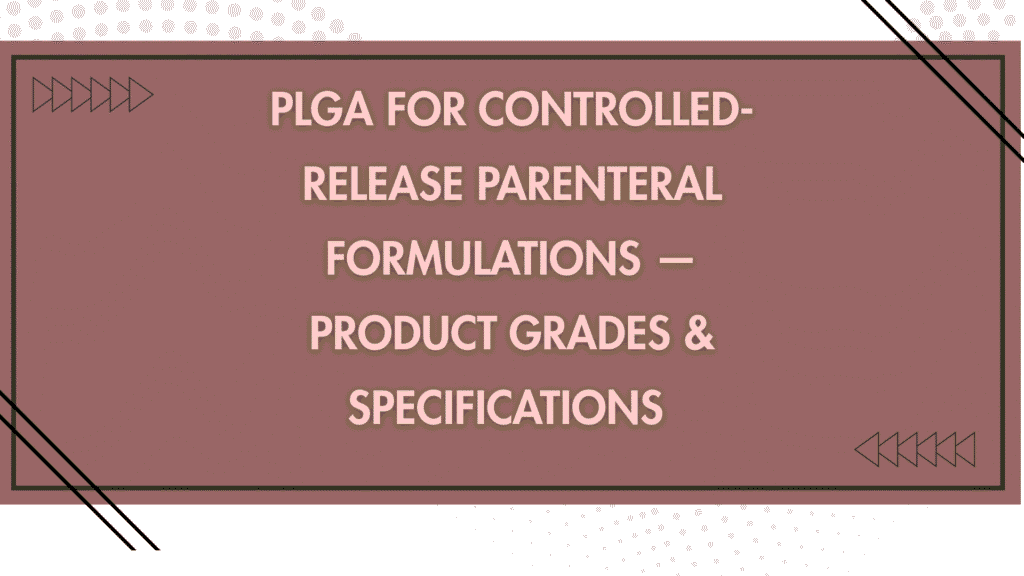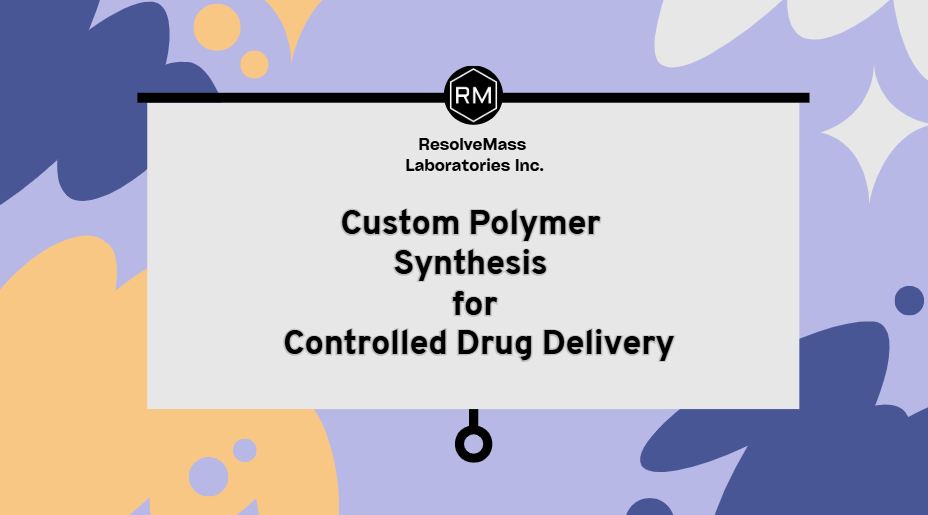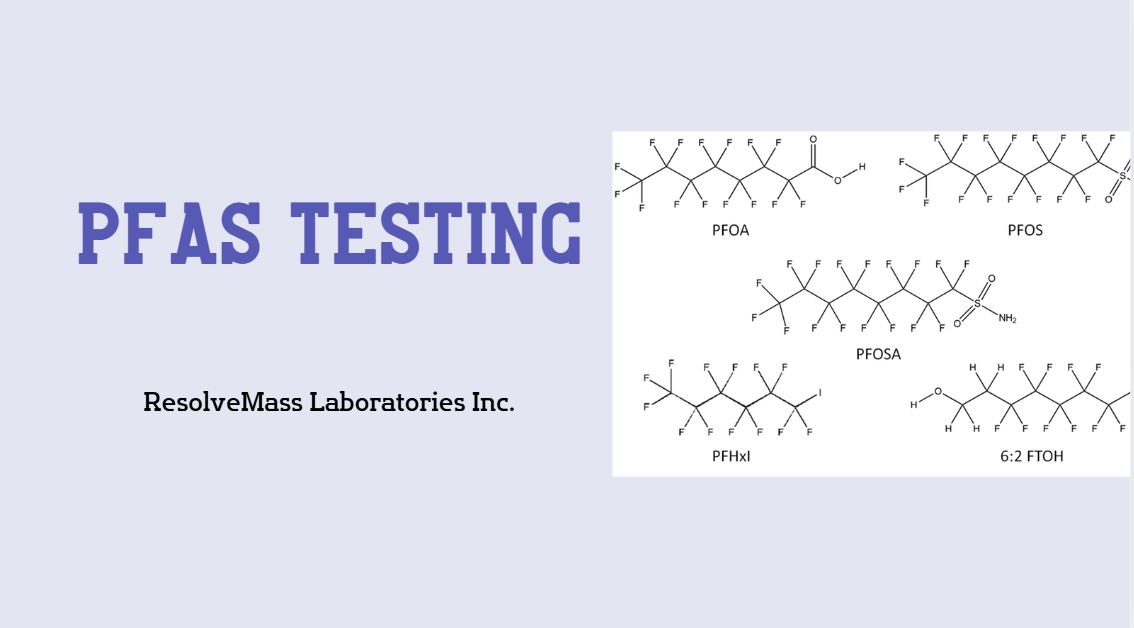
Polylactic Acid (PLA) has revolutionized industries ranging from 3D printing to packaging, biomedicine, and sustainable manufacturing. As a biodegradable and bio-based thermoplastic, PLA is rapidly becoming the material of choice for companies aiming to reduce their environmental footprint. With growing demand in Canada and the United States, sourcing high-quality PLA suppliers is essential for businesses and individuals seeking reliable and sustainable solutions.
In this guide, we will explore:
- The properties and benefits of PLA
- Applications of PLA in various industries
- The manufacturing process of PLA
- How to evaluate and choose a reliable supplier
- The future of PLA in North America
What is PLA (Polylactic Acid)?
PLA is a biodegradable polymer derived primarily from renewable resources such as corn starch, sugarcane, or cassava. It is widely recognized as an eco-friendly alternative to petroleum-based plastics due to its:
✅ Biodegradability – Breaks down under industrial composting conditions
✅ Renewability – Derived from plant-based sources
✅ Low carbon footprint – Lower greenhouse gas emissions compared to fossil-based plastics
✅ Versatility – Used in industries like packaging, biomedical, textiles, and 3D printing
Chemical Structure of PLA
PLA is a linear aliphatic polyester composed of lactic acid monomers. Its molecular structure provides high mechanical strength and optical clarity, making it suitable for diverse applications.
Manufacturing Process of PLA
The production of PLA involves several key steps:
1. Fermentation of Raw Materials
Corn starch, sugarcane, or other biomass undergoes fermentation, producing lactic acid. This step is crucial, as the purity of lactic acid determines the quality of the final PLA product.
2. Polymerization Process
Lactic acid is converted into lactide, which then undergoes ring-opening polymerization to form PLA chains. Depending on the polymerization method, manufacturers can control molecular weight, crystallinity, and mechanical properties of PLA.
3. Compounding and Processing
PLA can be modified with plasticizers, fillers, or blended with other biodegradable materials to enhance flexibility, durability, and processability.
4. Granulation and Filament Production
PLA resin is transformed into pellets, which can be further processed into 3D printing filaments, injection-molded parts, and packaging films.
Applications of PLA in Various Industries
1. 3D Printing
PLA is the most popular filament material for Fused Deposition Modeling (FDM) 3D printers due to its:
✅ Low printing temperature (180-220°C)
✅ Minimal warping & ease of use
✅ Eco-friendliness & recyclability
2. Medical & Biomedical Applications
Due to its biocompatibility and biodegradability, PLA is widely used in:
✔ Surgical sutures
✔ Drug delivery systems
✔ Tissue engineering scaffolds
3. Sustainable Packaging
PLA-based packaging solutions are increasingly replacing petroleum-based plastics in:
✔ Food containers & disposable cutlery
✔ Compostable bags & films
✔ Eco-friendly cosmetic packaging
4. Textiles & Fibers
PLA fibers offer an alternative to synthetic materials in:
✔ Eco-friendly apparel
✔ Biodegradable fabrics
How to Evaluate and Choose a Reliable PLA Supplier?
When sourcing PLA suppliers in Canada and the United States, consider the following factors:
1. Purity & Certification
Ensure the supplier provides high-purity PLA resins with certifications such as:
- ASTM D6400 (Compostability Standard)
- EN 13432 (European Biodegradability Standard)
2. Customization & Product Range
Reliable suppliers should offer different grades of PLA, including:
✔ Standard PLA – For general applications
✔ High-impact PLA (PLA+) – For tougher, more durable products
✔ Medical-grade PLA – For biomedical and pharmaceutical uses
3. Sustainability Commitment
Look for suppliers who adhere to sustainable practices, such as:
✔ Carbon-neutral production
✔ Use of renewable energy in manufacturing
✔ Recycled or bio-based feedstocks
The Future of PLA in North America
1. Rising Demand for Biodegradable Plastics
The global market for PLA is expected to grow due to increasing bans on single-use plastics and consumer demand for sustainable alternatives.
2. Advancements in PLA Blends & Composites
Research is focusing on enhancing mechanical properties, thermal stability, and biodegradability by blending PLA with other bio-based materials.
3. Expansion of Recycling & Composting Infrastructure
To maximize PLA’s environmental benefits, investments in industrial composting and advanced recycling technologies are needed.
Conclusion
PLA is a game-changer in sustainable plastics, offering a biodegradable, renewable, and versatile alternative to fossil-based polymers. As demand grows in Canada and the United States, selecting a reliable supplier with high-quality PLA resins and eco-friendly practices is essential.
By choosing certified PLA materials, businesses and consumers can contribute to a greener, more sustainable future.
REFERENCES
- Sin LT, Tueen BS. Polylactic acid: a practical guide for the processing, manufacturing, and applications of PLA. William Andrew; 2019 Jun 15.
- Jamshidian M, Tehrany EA, Imran M, Jacquot M, Desobry S. Poly‐lactic acid: production, applications, nanocomposites, and release studies. Comprehensive reviews in food science and food safety. 2010 Sep;9(5):552-71.
- Sin LT. Polylactic acid: PLA biopolymer technology and applications. William Andrew; 2012 Dec 31.
- Joseph TM, Kallingal A, Suresh AM, Mahapatra DK, Hasanin MS, Haponiuk J, Thomas S. 3D printing of polylactic acid: recent advances and opportunities. The International Journal of Advanced Manufacturing Technology. 2023 Mar;125(3):1015-35.

LET’S CONNECT
If you are looking for high-quality PLA (Polylactic Acid) materials for 3D printing, packaging, medical applications, or industrial use, ResolveMass Laboratories Inc. is here to help!
We provide custom PLA solutions, including:
✅ High-purity PLA resins for specialized applications
✅ Custom PLA blends for enhanced durability and performance
✅ Bulk ordering options for industrial and commercial needs
How to Determine PLGA Polymer Molecular Weight and PDI by GPC as per USP General Chapter <316>
Summary Understand what PLGA polymer molecular weight and PDI are, and why they matter for…
How to Determine Molecular Weight of PLGA Polymers by NMR as per USP General chapter <315>
🧭 Introduction: How to Determine Molecular Weight of PLGA Polymers by NMR as per USP…
How to Calculate PLGA Block Length of PLGA: New USP Chapter <319> Sets the Standard
Introduction: How to Calculate Block Length of PLGA, a Critical Analytical Requirement For many years,…
Role of Lactide:Glycolide Ratio (50:50, 75:25, 85:15) in Controlled Release Profiles
INTRODUCTION The Lactide:Glycolide ratio is one of the strongest determinants of how a PLGA-based drug…
PCL and PLA Excipients for Parenteral & Implantable Drug Delivery — Supplier Overview
Introduction: Meeting the Demand for High-Purity PCL and PLA Excipients As the pharmaceutical industry advances…
PLGA for Controlled-Release Parenteral Formulations — Product Grades & Specifications
Summary PLGA for controlled release enables precise, sustained drug delivery in parenteral formulations through adjustable…
